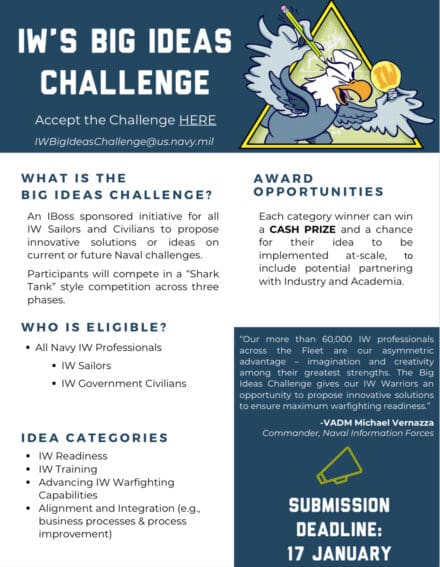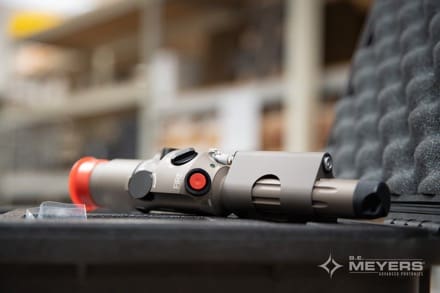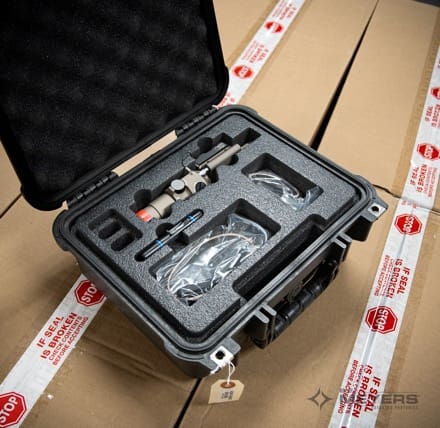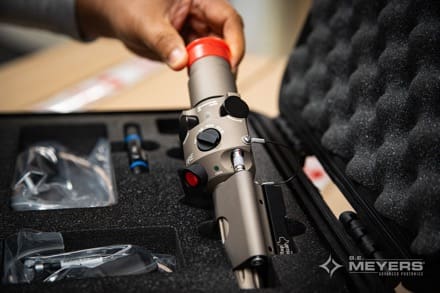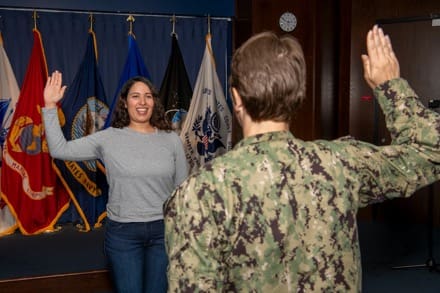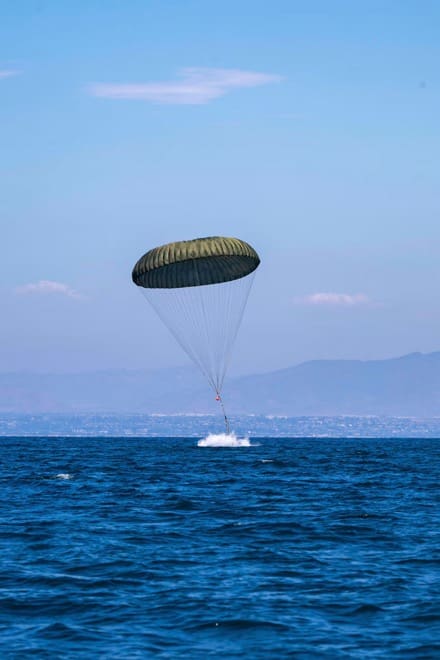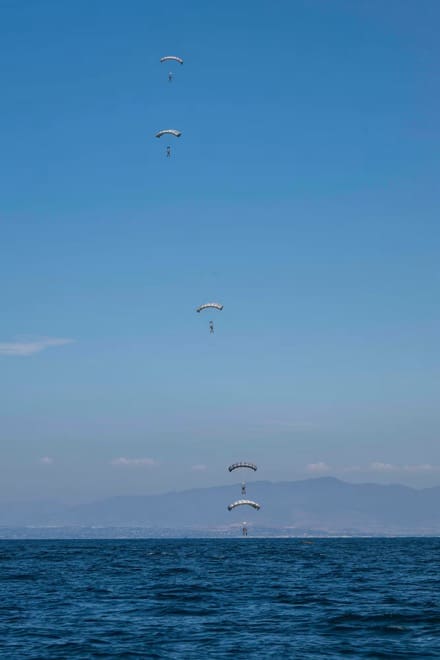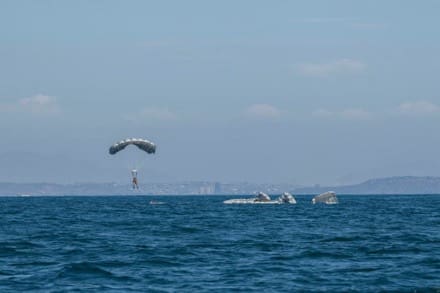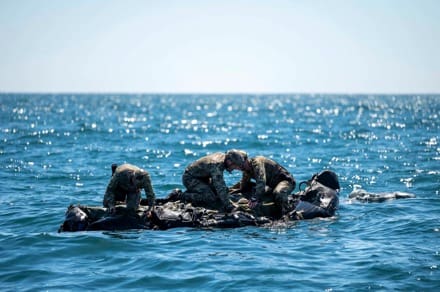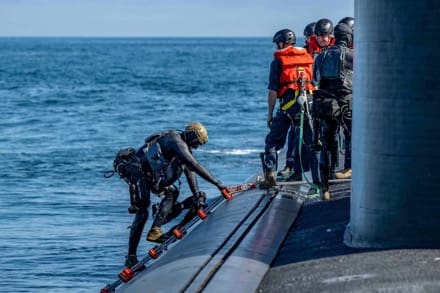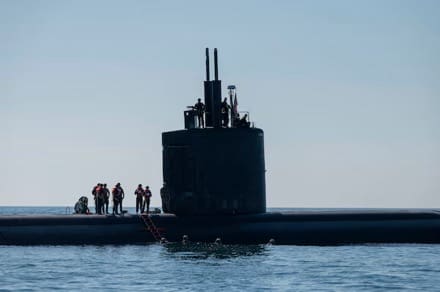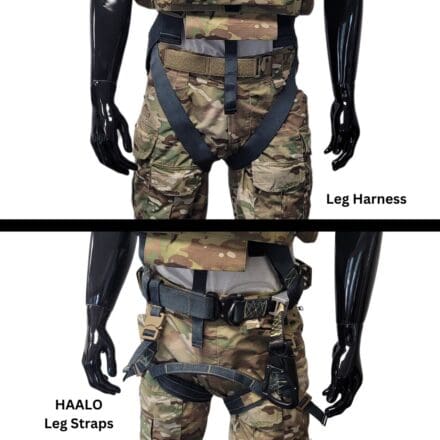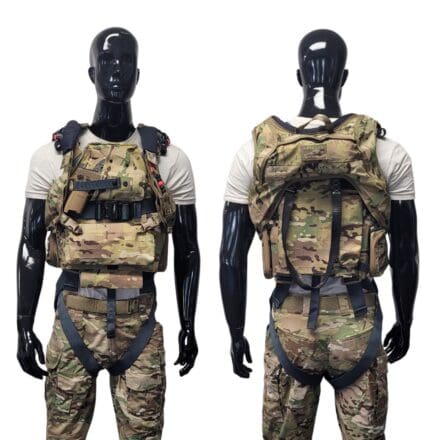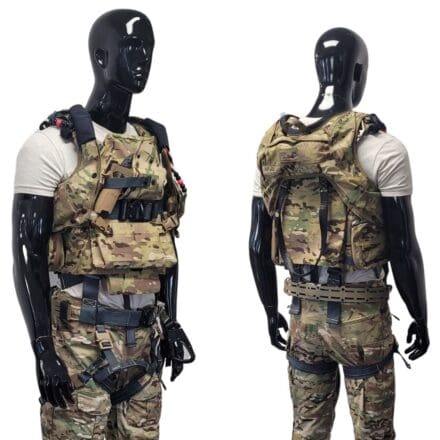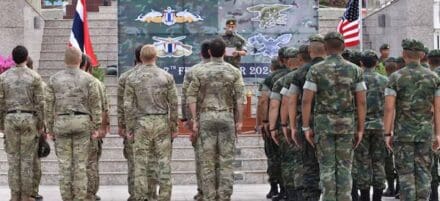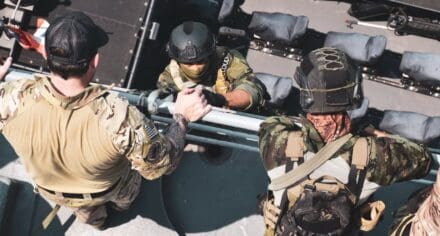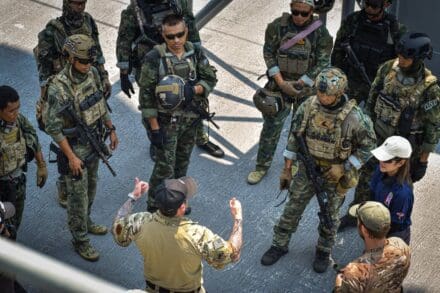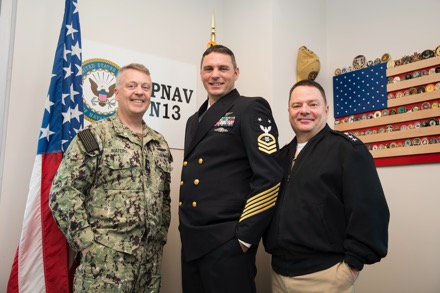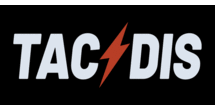Kongsberg Defence & Aerospace (KONGSBERG) has signed a multi-year procurement contract with the US Navy for the delivery of Naval Strike Missile (NSM) missiles to the Navy and Fleet Marine Force over a five-year period. The fixed price contract awarded today is valued at NOK 10 billion. This contract includes options which, if exercised, would bring the cumulative value of this contract to about NOK 12 billion.
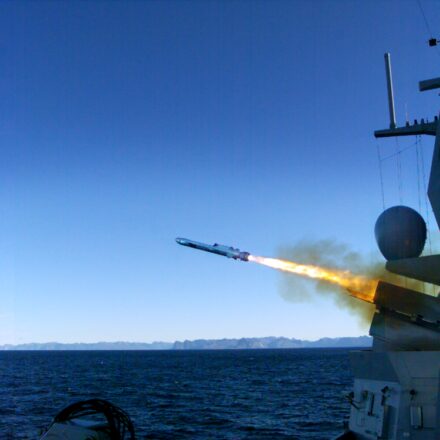
“This contract is the largest missile contract in Kongsberg’s history and an important milestone for us. We are pleased the United States has selected Kongsberg as an industry partner and look forward to continued cooperation to support US defence capabilities and create value for important stakeholders in Norway and the US,” said Geir Håøy, President and CEO of Kongsberg.
NSM is the centerpiece of the Navy’s Over-the-Horizon Weapons System (OTH-WS) Program, and is being installed on Littoral Combat Ships and CONSTELLATION-class Frigates. Kongsberg is also delivering NSM to the US Marine Corps as a key component of its NMESIS (Navy Marine Expeditionary Ship Interdiction System) Program.
“This contract is an example of the strong demand we see for our strike missiles across NATO and allied nations, which is why we this year have opened a new missile factory in Norway and announced two facilities in Australia and the US. The multi-year procurement contract vehicle provides Kongsberg and all our sub-suppliers stability into the entire supply chain and workforce,” said Eirik Lie, President of Kongsberg Defence & Aerospace.
Kongsberg recently announced the building of a new missile factory in James City County, Virgina, in response to increasing demand for JSM and NSM.
About Naval Strike Missile
The NSM is an anti-ship missile with superior operational performance and high survivability against all enemy defense systems. The missile was developed by Kongsberg and first deployed in 2012 by the Norwegian Navy.
NSM is the main weapon for the Norwegian Navy’s frigates and coastal corvettes, and has been selected by the US Navy, US Marine Corps, Poland, Romania, Canada, Germany, Australia, Malaysia, Spain, UK, The Netherlands, Belgium, and Latvia.
Kongsberg Defence & Aerospace
Kongsberg Defence & Aerospace, a subsidiary of Kongsberg, is Norway’s premier supplier of defence and aerospace-related systems and solutions. The company’s portfolio comprises products and systems for command and control, information, data handling and surveillance, communications solutions, space technology, missiles and remotely controlled systems. Kongsberg Defence & Aerospace also has extensive capabilities within advanced composite and metal manufacturing, maintenance, repair and overhaul within the aircraft and helicopter market. Follow us on: kongsberg.com/kda



